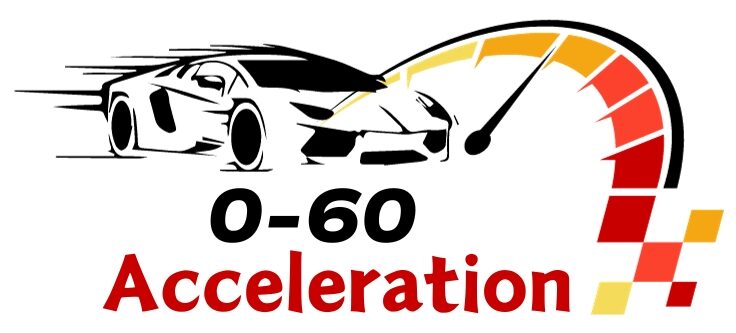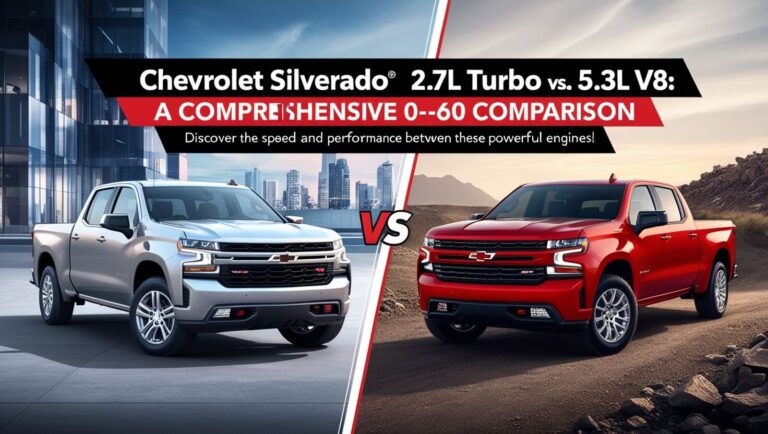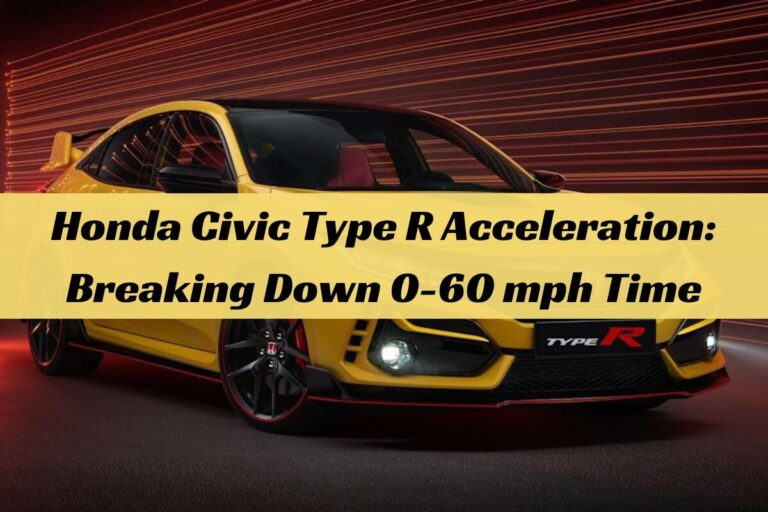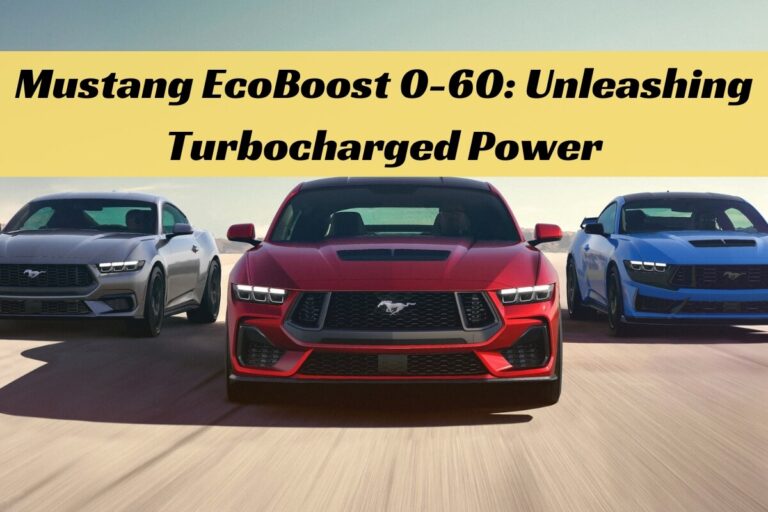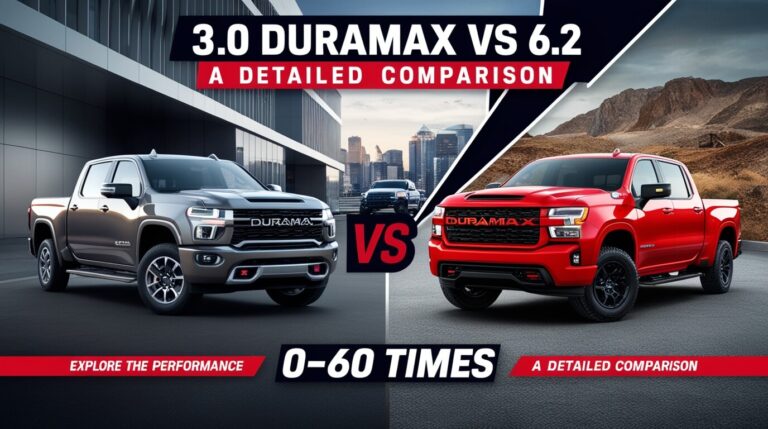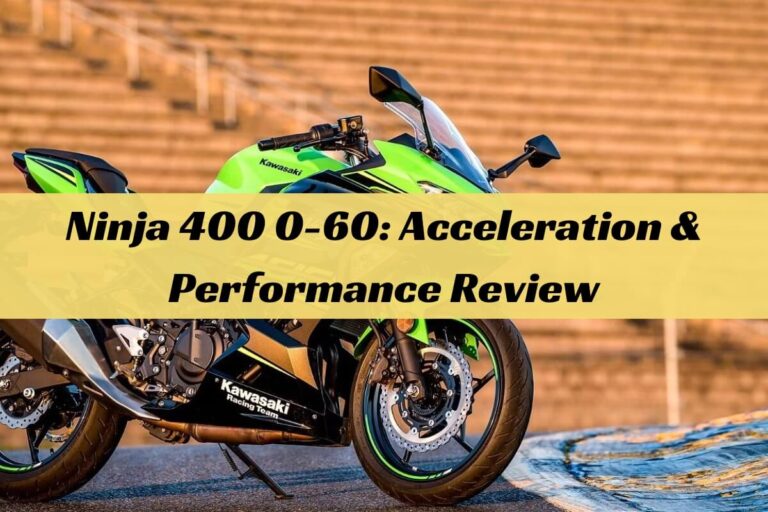
Are you someone who gets a thrill from lightning-fast acceleration? Or maybe you’re simply curious about what that “0-60” figure really means when it comes to a car’s performance? Either way, buckle up as we take a deep dive into the world of 0-60 times.
If you’re asking, “What is a 0-60 time exactly?” – it refers to the time it takes for a vehicle to accelerate from a standstill to 60 miles per hour (mph). This metric serves as a universal benchmark for quantifying a car’s straight-line acceleration capabilities.
In this detailed guide, we’ll cover everything you need to know about 0-60 times, including how they’re measured, factors affecting performance, examples of the quickest production cars, and why these numbers matter (or don’t) for real-world driving. We’ll also explore some limitations and explain how to interpret published data accurately.
What is a 0-60 Time?
A 0-60 time, simply put, measures how quickly a vehicle can accelerate from a complete stop to 60 miles per hour. It’s expressed in seconds, often down to the hundredth (e.g., 4.75 seconds).
While 0-60 mph is the standard unit used in the United States and United Kingdom, other countries may use the metric equivalent of 0-100 km/h (0-62.1 mph) for the same acceleration benchmark.
Historically, achieving a 0-60 time under 6 seconds was considered excellent performance. However, with modern advancements in automotive engineering, even family sedans can easily break that barrier nowadays.
How are 0-60 Times Measured?
Measuring a vehicle’s 0-60 time accurately requires specialized equipment and tightly controlled conditions. Professional publications and automakers typically conduct these tests at dedicated facilities like racetracks or closed airport runways.
The process involves:
Timing Gear: High-precision timing equipment synchronized with radars or other speed-tracking devices.
Multiple Runs: Each car undergoes multiple acceleration runs in opposite directions to account for wind or surface variations.
Rollout Allowance: Some publications use a “1-foot rollout” – the timer starts once the car has rolled 1 foot to represent a real-world launch better.
Professional Drivers: Experienced test drivers trained to achieve consistently fast launches and shifting (for manual transmissions).
The published 0-60 time is usually the average of the fastest runs in each direction under optimal conditions.
Factors Affecting 0-60 Performance
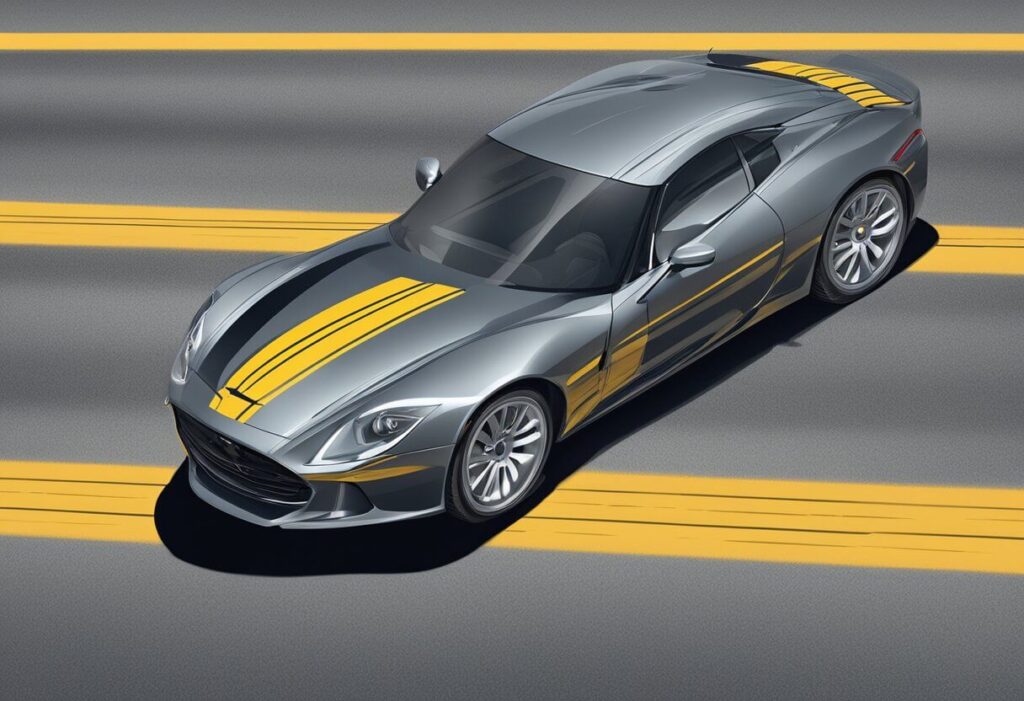
While horsepower gets the most attention, several variables influence how quickly a car can sprint from 0-60 mph:
Power-to-Weight Ratio: More power and less weight translate to better acceleration. Lightweight, high-revving engines give an advantage.
Traction: All-wheel-drive systems help put power down more effectively for better launches without wheel slip.
Gearing and Transmission Type: Shorter gearing and the responsiveness of dual-clutch automatics aid acceleration.
Aerodynamics: Less drag from sleek body designs reduces resistance at higher speeds.
Launch Control: This electronic aid optimizes engine torque and wheel slip for maximum straight-line acceleration.
Road/Weather Conditions: Dry, warm surfaces provide the best traction compared to cold/wet conditions.
Even with identical specs, one car’s 0-60 time can vary significantly based on these interplayed factors.
Typical 0-60 Times by Vehicle Category
To provide some context, let’s look at typical 0-60 mph performance across various vehicle segments:
Exotic Sports Cars: Under 3 seconds Sports Cars: 3-5 seconds
Muscle/Pony Cars: 4-6 seconds Non-Sporty Cars: 10 seconds Sedans/SUVs: 5-7 seconds
Of course, these are just general ranges – the most powerful street-legal production models can dip well below 3 seconds from 0-60 mph.
The Quickest Production Cars from 0-60 MPH
Prepared to be amazed? Here are some of the fastest 0-60 mph times achieved by modern performance cars:
- 2023 Dodge Challenger SRT Demon 170: 1.66 seconds
- 2021 Tesla Model S Plaid: 2.1 seconds
- 2021 Ferrari SF90 Stradale Assetto Fiorano: 2.10 seconds
- 2024 Rimac Nevera: 1.74 seconds
- 2018 Dodge Challenger SRT Demon: 2.3 seconds
Numbers like those were unthinkable for street-legal vehicles just a couple of decades ago! It’s important to note that these are manufacturer-claimed times achieved under ideal conditions. Independent tests may show slight variations.
But straight-line performance isn’t everything. As we’ll discuss later, excessively quick 0-60 times can sometimes compromise other desirable qualities like ride comfort or practicality.
Why 0-60 Times Matter

You might be wondering, “Does a blindingly fast 0-60 time even matter for daily driving?” It’s a fair question.
In most scenarios, a 0-60 time under 6-7 seconds is more than sufficient for typical driving needs like merging onto highways or making safe passes. However, 0-60 performance takes on greater importance for enthusiasts who:
Value Maximum Acceleration: Some driving enthusiasts simply get a thrill from pinning the throttle and experiencing neck-straining acceleration.
Seek Prestige and Bragging Rights: In the world of performance cars, a lightning 0-60 time is a badge of honor and a spec to boast about.
Prioritize Ultimate Capabilities: While not needed for commuting, many want a vehicle that can unleash explosive power when demanded.
So for everyday driving, 0-60 times over 6-7 seconds are likely more than adequate. But for ardent auto enthusiasts, these acceleration numbers take on greater significance as markers of a car’s true performance potential.
Is Quicker Always Better?
As with most things in life, some give-and-take is involved when chasing ultra-quick 0-60 times. Engineers often have to compromise other aspects like:
Ride Quality: Stiffer suspension tuning for maximum acceleration can translate to a harsher on-road experience.
Fuel Efficiency: Powerful engines optimized for explosive acceleration rarely achieve impressive MPG ratings.
Practicality: Two-seater supercars can post blistering 0-60 times but lack the versatility of larger passenger/cargo space.
Affordability: You’ll generally pay a steep premium for the tech and exotic materials needed to build a < 3-second car.
So if you’re focused purely on achieving the absolute quickest 0-60 mph time possible, you may have to sacrifice some daily-driving qualities and practicality. It’s about striking the right balance for your needs and intended use of the car.
Understanding and Interpreting 0-60 Time Data
While 0-60 times provide a good snapshot of a vehicle’s straight-line acceleration, there are some important caveats to keep in mind:
Published Times Can Vary: You’ll often see different 0-60 mph times published for the same model. This can result from differing test methodologies, equipment, and conditions used by various sources.
Conditions and Drivetrain Modes Matter: Figures can differ based on ambient temperatures, road surfaces, tire compounds, or even whether performance modes/settings were engaged.
Professional vs. Consumer Results: Experienced pro test drivers can often extract slightly quicker times than what an amateur driver may achieve in the same car.
It’s Not a Perfect Benchmark: While useful, 0-60 performance doesn’t tell the full story of a car’s overall driving experience or usable performance.
The key takeaway? Don’t get too caught up in fractions of a second. Consider 0-60 times as useful reference points while weighing other qualitative factors that make a vehicle truly exhilarating to drive in the real world.
Beyond 0-60: Other Key Performance Metrics
While 0-60 mph times are an attention-grabbing headline spec, they only tell part of a vehicle’s performance story. Other metrics that better reflect real-world driving include:
Quarter-Mile Times: This factors in performance through higher speed ranges, better representing a car’s sustained acceleration ability.
0-100 mph or 0-200 km/h: For ultra-high performance cars, these times can further separate the stratospheric from the “merely quick.”
In-Gear Acceleration: Evaluating times between incremental speed ranges (e.g., 30-50 mph) is more relevant for highway passing ability.
Braking Distances: A vehicle’s stopping power from speed is crucial for overall performance and safety.
So don’t just fixate on 0-60 times alone. Look at the complete performance picture – acceleration, speed capability, braking, and handling – to judge if a car truly delivers an engaging driving experience.
Wrapping Up: 0-60 Times and Beyond
As you can see, 0-60 mph acceleration times provide a solid benchmark for comparing a vehicle’s straight-line performance potential. However, it’s important to understand how these times are measured, what factors influence the results, and the limitations of using 0-60 as the definitive performance metric.
While blistering 0-60 mph times under 3 seconds make for awesome bragging rights, they don’t necessarily equate to a well-rounded, thrilling driving experience in the real world. Other performance aspects like quarter-mile times, handling, and braking should be weighed into the overall package.
Ultimately, whether you’re a numbers-obsessed speed freak or simply appreciate quick acceleration for safe merging and passing, you now have a solid grasp of the key considerations surrounding 0-60 mph times and vehicle performance data.
